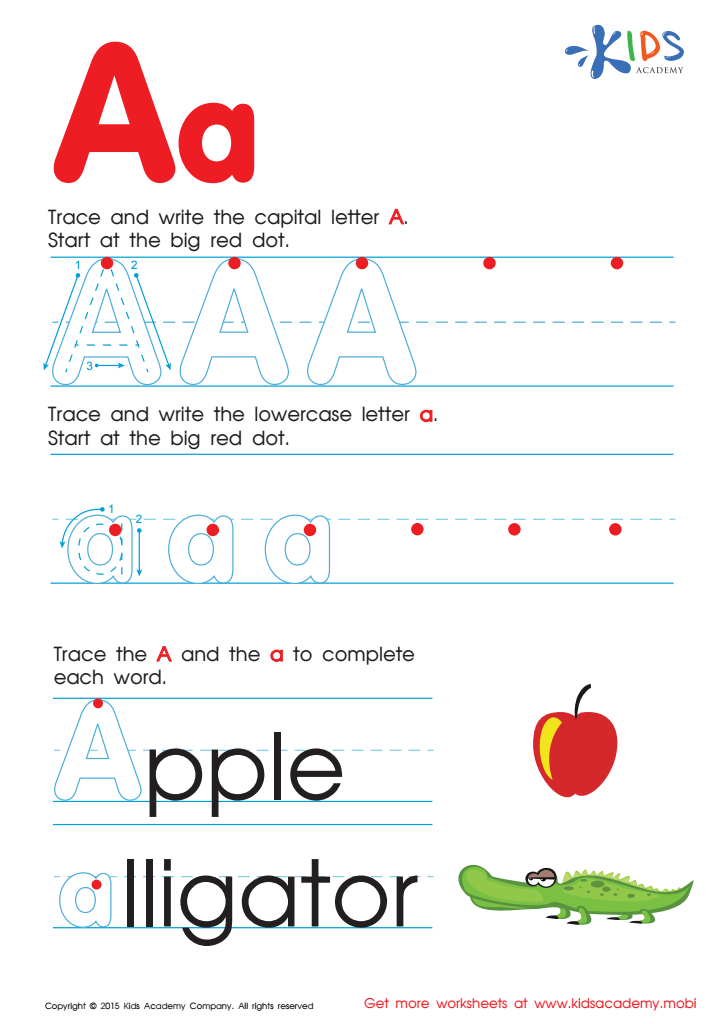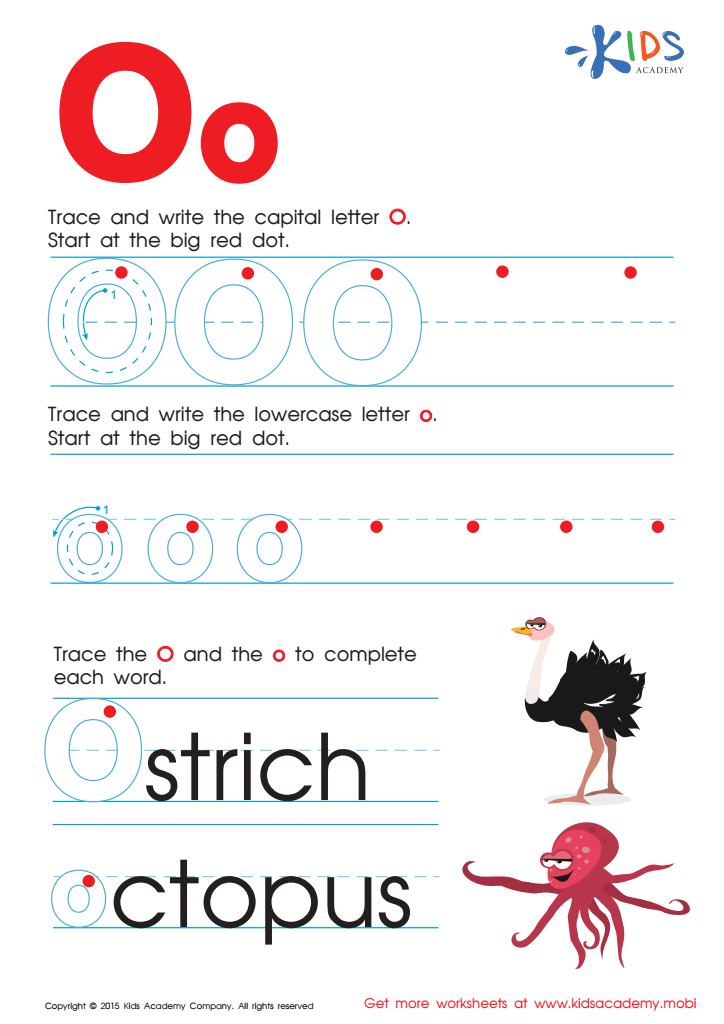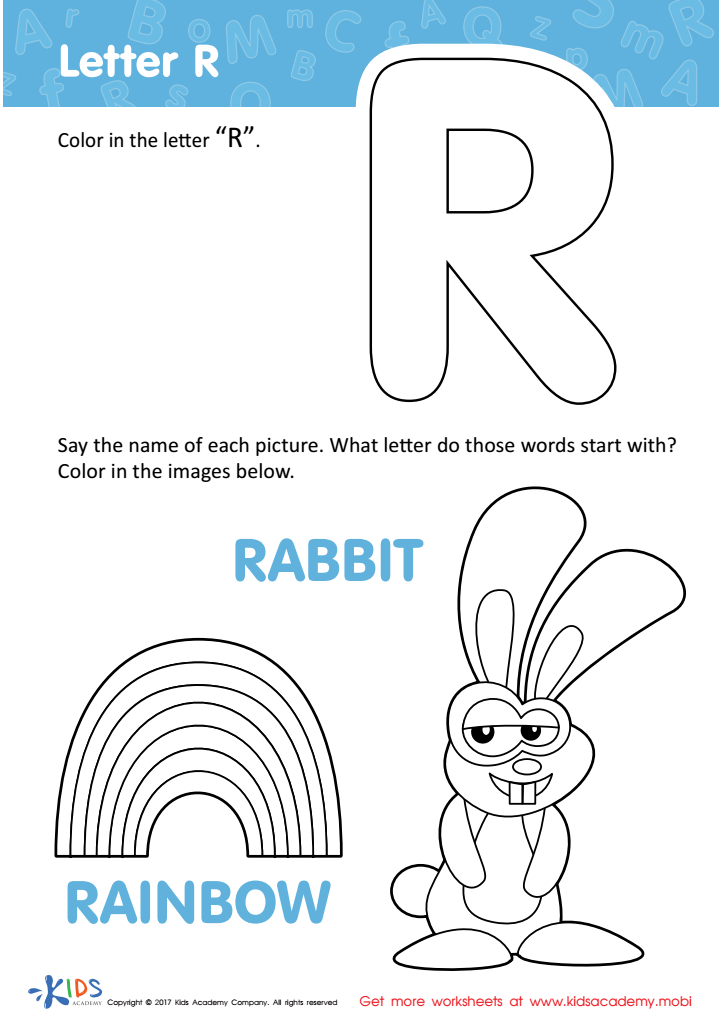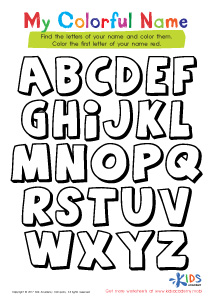Hand-eye Coordination Grade 2 Alphabet Worksheets
9 filtered results
-
From - To
Boost your second grader's learning with our engaging Hand-eye Coordination Grade 2 Alphabet Worksheets. Created to enhance motor skills and letter recognition, these worksheets effortlessly combine education and fun. Designed by experts, each sheet features a variety of activities such as tracing, matching, and writing exercises that foster fine motor development and keen hand-eye coordination. Make alphabet learning an engaging experience with vivid visuals and clear instructions that keep young learners motivated and excited. Ideal for classroom or home use, these worksheets provide a comprehensive tool for teachers and parents alike to support their child’s educational journey.


Letter A Tracing Page


Letter O Tracing Page


Letter P Tracing Page


Letter T Coloring Sheet


Letter H Tracing Page


Letter R Coloring Sheet


Long and Short U Worksheet


Long and Short E Worksheet


Letter D Tracing Page
Hand-eye coordination is crucial for young children's development, especially in Grade 2 when they are honing foundational skills for future learning. This coordination is the synergy between visual input and hand movement, essential for tasks like writing, drawing, and cutting with scissors. Engaging with the Alphabet not only enhances their reading and writing prowess but actively strengthens this coordination.
When kids practice writing letters, they are simultaneously learning to control their hand movements and focusing on precise visual targets. This dual activity fosters a seamless integration of sight and action, impacting other essential areas, from playing sports to daily tasks like tying shoelaces.
Parents and teachers should prioritize this skill because it underpins academic success and everyday functionality. Children with well-developed hand-eye coordination can focus better and tackle complex tasks with confidence. Moreover, activities that promote hand-eye coordination—like alphabet tracing, puzzles, or even interactive games—are often fun and engaging, making learning enjoyable and reducing frustration associated with early literacy challenges.
By caring about hand-eye coordination in the context of alphabet exercises, parents and teachers ensure children have a strong physical and cognitive framework. This attention sets the stage for smoother transitions into more advanced learning and real-world activities.
 Assign to My Students
Assign to My Students




















